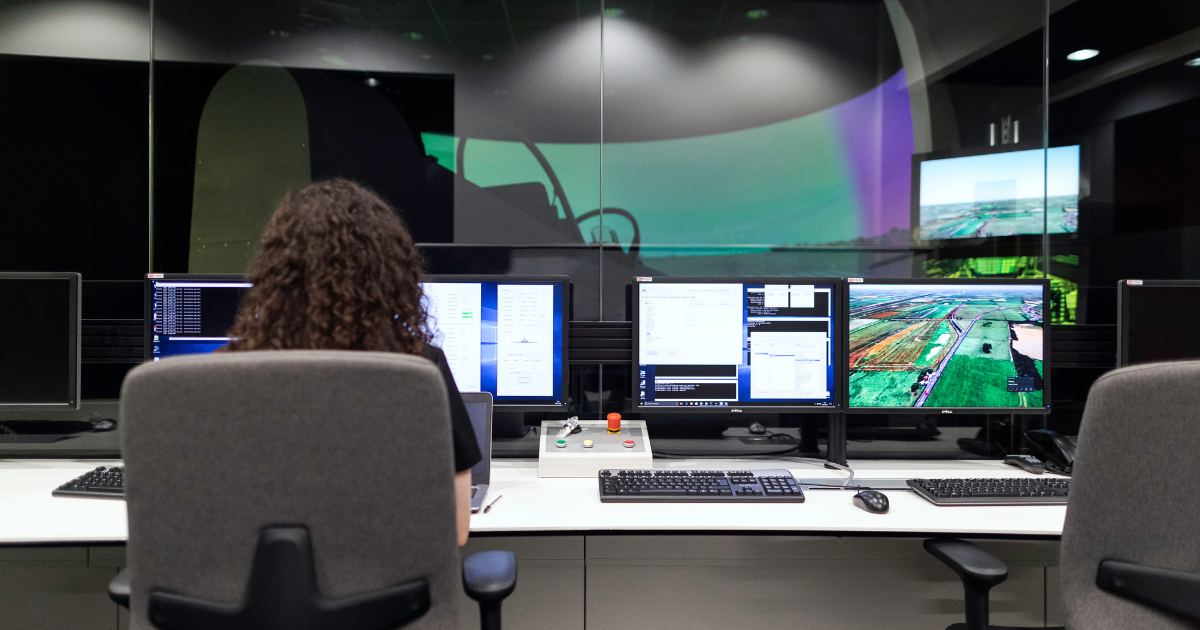What are the Benefits of Software Test Automation?
1- Time-saving
Perhaps one of the biggest benefits is time savings. Manually testing all test cases is quite time-consuming and doing it over and over is actually one of the reasons why we should automate it. With automation, it gives the opportunity to run in every version in a much shorter time.
2- Quick feedback
Being able to run the test scripts we have created after each release and having the results quickly accessible in the same way allows us to convey the results to the developer team and product stakeholders in a short time.
3- Increasing test coverage
We can include many test scenarios in different browsers, different data, or different devices in our test scripts and run them whenever we want, which means increased test coverage.
4- Early error detection
In our project, which we include in the DevOps processes, running our test scripts in every compilation of the developer team allows us to detect possible errors before the version is released. According to IBM research on this subject, “the cost of correcting a defect found after the product is released reaches four to five times the error discovered during design and up to 100 times the error identified during the maintenance phase.”

As a result of a joint study by the Cambridge Judge Business School MBA project;
Time spent debugging software equates to 620 million developer hours per year. This costs 61 billion dollars annually in the software market. You can find the details of the research on this subject here.
5- Increasing test accuracy
Different test scenarios, different data, and different devices/browsers, thanks to the automation harness will increase the accuracy of the test.
6- Faster testing and faster delivery
Running the manual tests after each release takes a lot of time in terms of time. We run our automated test scripts in a short time. When we integrate it into CI/CD processes, the tests continue to run both during the day and at night, and it accelerates our return to the developer team. This is one of the factors that increase quality and accelerates delivery.
7- Allows parallel testing
Parallel testing in manual test runs is also not possible. With automation, we can provide simultaneous test runs in different browsers.
8- Running tests for 24 hours
With CI/CD and DevOps teams, or if there is no such department, we, as testers, can integrate our test scripts 24/7 with open source tools and continue the test runs.
What are the Software Test Automation Challenges?

Constantly changing modules can affect our test scripts. This requires us to perform maintenance work on our test scripts/scripts on an ongoing basis.
Choosing the wrong tool can turn automation into a laborious and burdensome task rather than an element that increases convenience and quality for us. Team motivation may decrease and costs may increase.
For this reason, it is necessary to make the right planning before deciding to automate software tests. To list a few;
We need to find answers to questions such as:
- What is the technical competence of the team?
- Does it have integration with different tools?
- Does it require code knowledge?
- Which training should the team undergo?
- What languages does it support?
Depending on these and similar situations, we can choose tools that require low code, none-code, and base-code. Worldwide, the idea of no-code or less code, more business dominates. For this reason, choosing the right tool will increase the training to be given to the team and product dominance, thus giving the opportunity to create test scripts much more easily.



